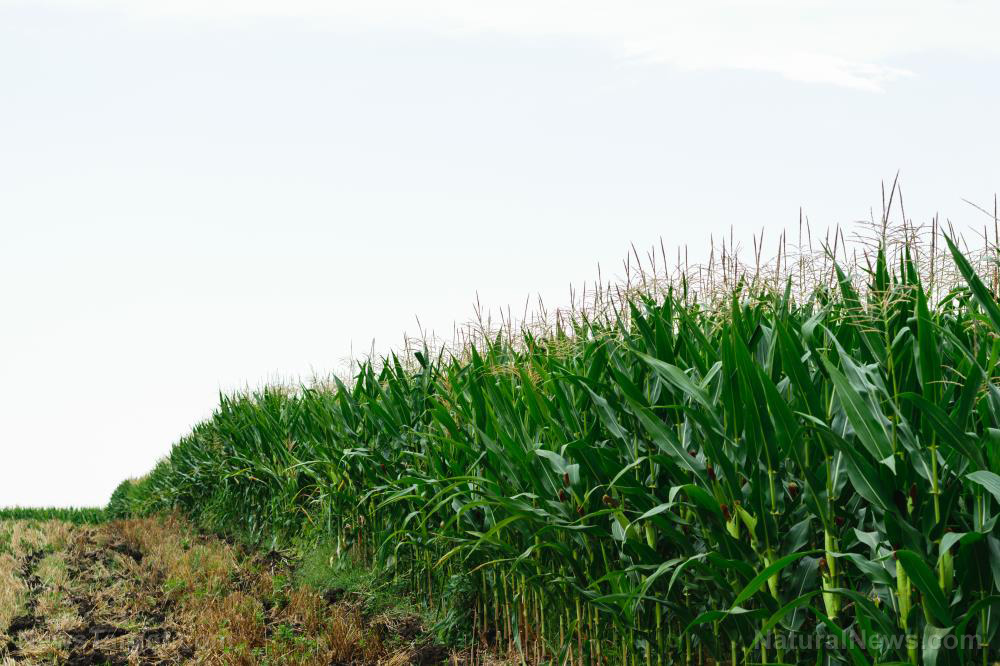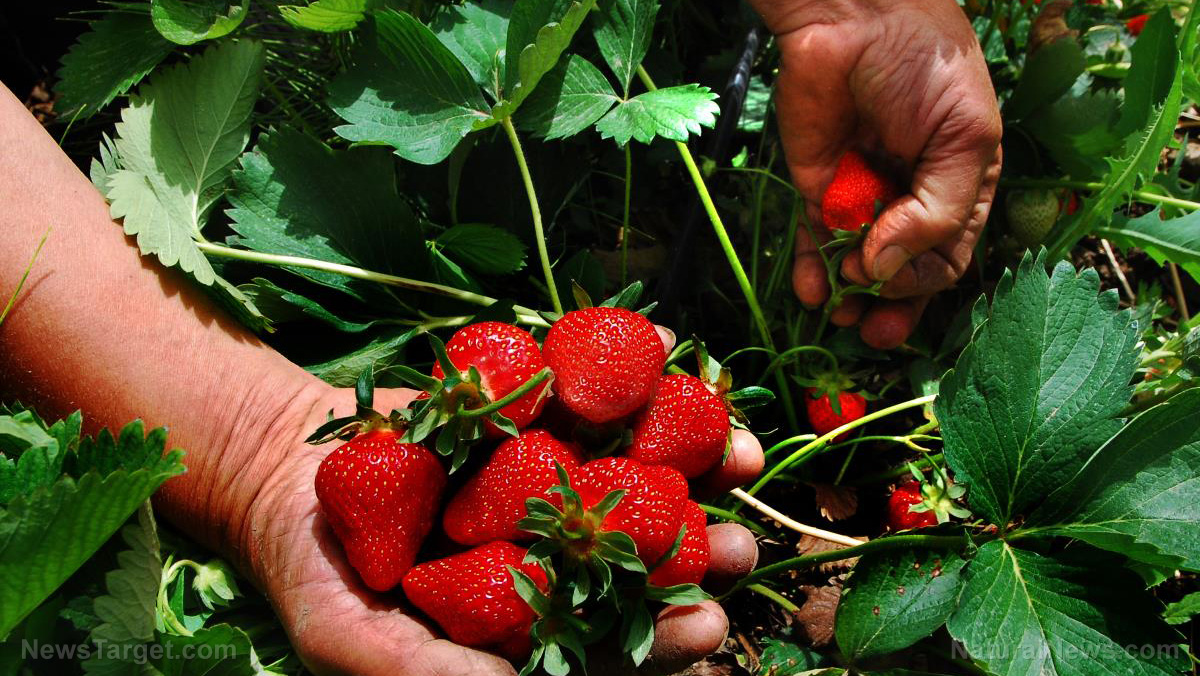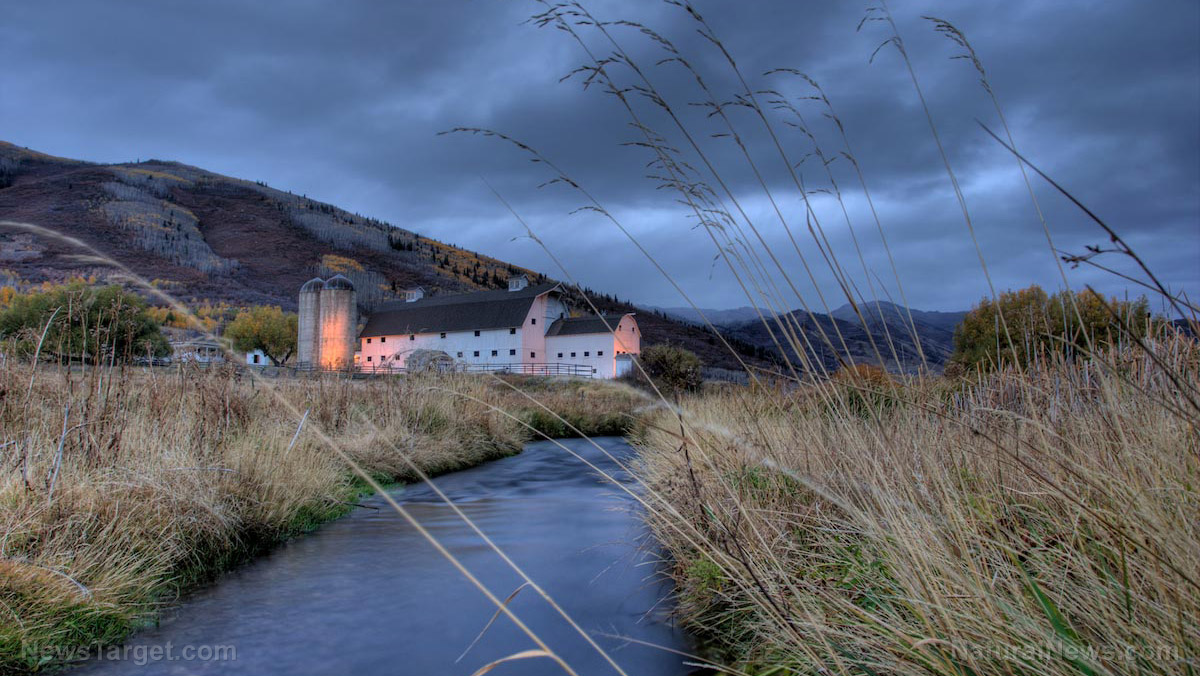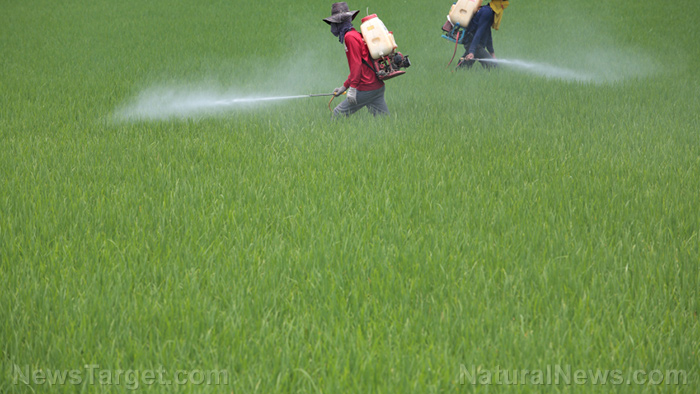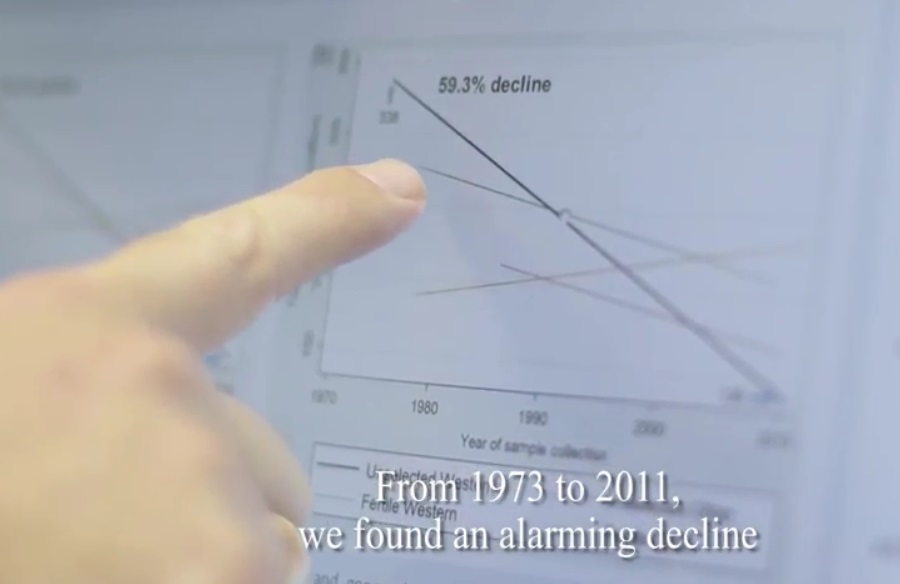GMO corn driving up use of dangerous pesticides
02/20/2018 / By Isabelle Z.

A very dramatic rise in the use of pesticides on Vermont dairy farms was uncovered following a recent public records request. According to the pesticide use data from the Vermont Agency of Agriculture, Food and Markets, the use of glyphosate more than doubled in the years from 2014 to 2016, while corn-related pesticide use climbed by a sobering 27 percent.
GMO corn has now become the state’s top crop, grown on 92,000-plus acres across Vermont. This corn is grown for the 135,000 cows in the state, most of whom are living in cow “warehouses” as the mega-dairy model’s popularity soars.
Instead of grazing on grass, modern dairy cows are given a corn-based diet to help boost production. The efforts have been successful, with modern cows now producing three times as much milk as their 1970s counterparts. Unfortunately, that productivity is coming at a price as industrial dairy cows are now barely reaching their fifth birthday before being sent off to become meat supply.
Some of the areas with the most corn crops have been experiencing water quality problems, prompting federal and state regulators to require cover crops to help remediate the runoff and carbon release. This is being paired with directives and sometimes even subsidies to use toxic herbicides on these fields to kill the cover crops before the corn planting season gets underway in spring.
What deadly mix of pesticides are the state’s GMO corn crops being bathed in? Dangerous products ranging from 2,4-D to atrazine have been reported, but glyphosate remains the most popular one, with more than 62,000 pounds of the cancer-causing chemical being used in cornfields.
The Vermont Pesticide Advisory Council has been largely silent on the issue, claiming they don’t have time to deal with such issues given the state’s water problem. However, as maple syrup producer and writer Michael Colby points out, they seem to have had no trouble finding the time to create and distribute a “fact sheet” about glyphosate that looks suspiciously like something Monsanto might have written themselves.
Glyphosate “fact sheet” reads like Monsanto propaganda
The document claims that glyphosate is safer than salt, a claim that Monsanto made back in 1996 that ultimately got them sued for false and misleading advertising by the attorney general of New York. They agreed never to use this claim again in their own advertising in the state, but that hasn’t stopped it from appearing in Vermont.
It’s a ludicrous claim; after all, it’s glyphosate – and not salt – that the World Health Organization’s International Agency on Research for Cancer has labeled a “probable carcinogen to humans.” Which of the two substances has California’s EPA now identified as a cancer-causing chemical that must carry a cancer warning? Hint: It’s not salt.
Cancer is not the only problem those in and near Vermont need to worry about; even tiny amounts of glyphosate residue have been linked to kidney and liver damage and endocrine disruption, among other problems.
Keep in mind that glyphosate is just one of the 34 pesticides being used on the crops. There’s also atrazine, which has been linked to prostate, breast, and ovarian cancers as well as reproductive deformities and birth defects. It has a tendency to run off into lakes, streams and drinking water, where it can spread significantly.
The list also includes 2,4-D, also known as Agent Orange, and Dicamba, known for its ability to drift effortlessly into neighboring areas and ruin organic crops.
Sources for this article include:
Tagged Under: Agent Orange, agriculture, Atrazine, clean water, cows, dairy farms, deceptive marketing, Dicamba, environment, food supply, glyphosate, GMO, GMO corn, Monsanto, toxic chemicals, toxic milk, Vermont


